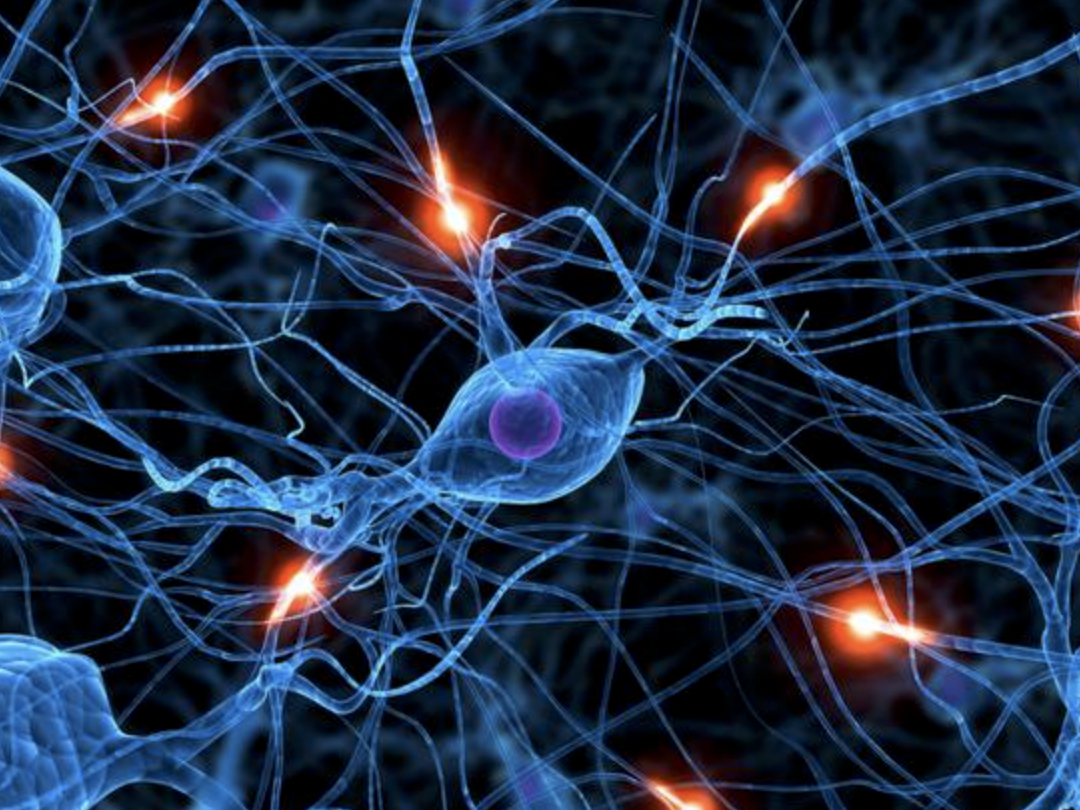
EMDR, or Eye Movement Desensitization and Reprocessing, is a form of mental health treatment that has primarily been used to address the effects of trauma. At Mind Body Health Associates, all of our clinicians are trained in EMDR and use it in their office as a form of therapy. While this treatment modality has been effective for a subgroup of our clients, it’s important to know that at MBHA, EMDR is more than a form of treatment – it’s a philosophy that undergirds our treatment approach with all. Every session is held with the understanding that the body and the mind work together to restore health, which affirms the starting point of EMDR.
The brain, all day, every day, takes in sensory information. As it takes in our surroundings and daily events, the mind establishes a narrative around it. Essentially, we each tell ourselves a story about our life and this forms or supports the pieces that make up our identity.
While sleeping, those events and that narrative is processed; essentially they are broken down, made sense of, and either stored as longer term memories or flushed through our system. The important pieces of information find a home within our mind, forming memories. The unessential flow outward. (Research is still new in this area of how these moments get removed from our system, but we have some indication that it’s through the lymphatic system of our bodies.)
People who have survived trauma have experienced moments so terrifying that the mind does not know how to process or make sense of them. By definition, a trauma is something life threatening that does not make sense, is unpredictable, and is out of our control. Instead of getting processed and “flushed out” during our nightly REM stage mental clean up, these moments essentially get stuck and processing is left unfinished. The presence of stress hormones such as cortisol and adrenaline contribute to the “sticking” of these experiences. The brain continues to take in new information about each day, but all of these new moments pass by the the traumatic reference on their way to finding their home as memories. Some new memories can accumulate around the stuck experience, slowing the process of brain function.
However, it’s not just Traumatic experiences (commonly involving loss of person or power, such as grief or abuse) that can clog up the nightly flushing process. Holly Schweitzer Dunn refers to these as “big T Trauma” and explains that most people experience “little t trauma” at different moments in life. Jayne Williams chimes in: “we all have moments in our lives that are hard, and it depends on how we are able to process them that determines how they affect us.” Some “little t trauma” moments that aren’t able to be vocalized with close friends or family members in a supportive environment can also get lodged into our minds in a similar manner. This creates negative beliefs about ourselves and/or the world.
Usually, there comes a point where the brain becomes so overwhelmed that daily experiences cannot be processed appropriately. A person in this state cannot sleep, sees changes in appetite, experiences difficulty functioning in daily life, sometimes with symptoms of depression or anxiety. This is often when someone will call the office for help.
But as humans, we have amazing capacity for healing, and our bodies and our minds constantly work towards health. Our cut skin will grow back together and heal – unless it’s blocked, like when we experience a splinter. Even that small shard will prevent healing until it’s put in its appropriate place.
Similarly, our experiences and the way they are processed into our bodies are programmed for healing. Until the problematic experience is fully processed, our body and our subconscious mind will keep returning to it in an attempt to process it. It could be through the rumination symptom of depression, when our minds keep playing it over and over. Or, at a level less obvious to our awareness, we could simply be attempting to process an experience as we take on negative beliefs about ourselves and our world. For example, perhaps you were told at a young age that yellow was an ugly color. You might not have outward feelings toward the color yellow, but you might regularly have moments where you avoid the color yellow when given a choice, because the color yellow is that unprocessed memory coming to the surface, asking to be stored or discarded.
As a therapy tool, EMDR re-processes the memory with a different emotion or belief about the self. In a safe and supportive setting, we use the calming effect that movement has on the nervous system, such as moving the eyes, to begin to move the experience through channels of the mind. Much like a car stuck in the ruts of mud, we use movements to get the neural networks of the brain moving.
By keeping one proverbial foot in the present moment and recalling the past, we are able to attach new meaning to our experiences that draw up different emotions and beliefs about ourselves and the world. Working with a therapist to notice the sensations of the body when thinking about the color yellow, for example, we can notice the way these sensations also show up in other ways. Perhaps our belly clenches and our jaw gets tight when we think about the color yellow, but we also feel those sensations when we hear loved ones argue. Through the act of noticing, we can begin to tell ourselves a new story – not just about the color yellow, but about what is true when we feel these sensations. A clenched belly and a tight jaw can be translated, and we begin to say, “oh, I feel that thing again. What is happening around me that I might not realize is causing me to react?”
Whether or not your therapist and you agree to get out a light board or utilize sound tones in a formal EMDR session, much of your work with any clinical issue in our office centers on the function of past experiences and present sensations. We bring awareness of our body into treatment because it helps us to understand the story we’ve been telling ourselves about who we are and the world around us. And once we understand that story, we can address the negative and positive elements of it.





 If you caught the Netflix miniseries
If you caught the Netflix miniseries 





 Yoga can help you manage symptoms of a taxed nervous system and give you tools for relaxation. Our EMDR-based approach leads us to recommend individuals to take up a yoga practice, either at home, in a local studio, or privately for several reasons:
Yoga can help you manage symptoms of a taxed nervous system and give you tools for relaxation. Our EMDR-based approach leads us to recommend individuals to take up a yoga practice, either at home, in a local studio, or privately for several reasons:

